Why Cybersecurity needs to be a priority for the Telecom Sector ?
When it comes to communication between individuals and companies, telecommunications can’t be missed from the conversation. It impacts every person and business in one way or another. Telecommunications enables businesses to collaborate easily, allows employees to communicate both internally and externally.
It is the tool to negotiate and deliver your product and services to the end-users. It is connected to every industry, it encompasses each sector. Telecommunications is everywhere. Hence, this area is more exposed to external threats than others.
It is crucial to ensure a strong line of defense in this industry, so your entire organization has up-to-date protection and is aware of best practices. That is why telecom security is most essential.

Business Risk
Why Industry is a target for cybercrime
In many cases, the hardware used by the telecommunications industry carries configuration interfaces that can be accessed openly via HTTP, SSH, FTP or telnet. This means that if the firewall is not configured correctly, the hardware in question becomes an easy target for unauthorized access.
The risk presented by publicly exposed GTP/GRX (GPRS Tunneling Protocol/GPRS Roaming Exchange) ports on devices provides a good example of this. As CSPs encrypt the GPRS traffic between the devices and the Serving GPRS Support Node (SGSN), it is difficult to intercept and decrypt the transferred data. However, an attacker can bypass this restriction by searching on Shodan.io for devices with open GTP ports, connecting to them and then encapsulating GTP control packets into the created tunnel.
An example of such an attack took place in March 2015, when Internet traffic for 167 important British Telecom customers, including a UK defense contractor that helps to deliver the country's nuclear warhead program, was illegally diverted to servers in Ukraine before being passed along to its final destinations.
Cybersecurity in telecommunication is a priority.
If delayed can become a liability.
Technical Threats
How Telecommunication Industry is Targeted
The challenges Industry is facing
DDoS attacks
SIP Hacking
IoT Security
DNS rebinding attack
Network congestion
Cache poisoning
RFID interference
DNS tunnelling
Routing attacks
DNS hijacking
Sybil attacks
Phantom domain attack
Experts Tips
Top tips for securing Telecommunication Domain
Safeguarding against threats, reducing the attack surface, and security systems of large, complicated, and multifaceted organisations is not a quick fix. Cost is also a contributing factor, as many organisations have limited resources, and are unable to secure their devices, systems, people, and processes internally.
This is what Managed Security Providers (MSP’s) provide. With the right threat intelligence, telecommunication companies are able to enhance their business profile, make business decisions based off of accurate data, and empower their security team to quickly and accurately address cyber threats and mitigate them in rapid time.
Digital Risk and Threat Monitoring, can be used to harvest information available on the dark web, deep web and in the public domain, to provide superior security and visibility to identify and highlight attacks, detect breached material and safeguard data, people and processes against future threats within the industry.
Wanna have strong and reliable telecom security mechanisms?
Switch from reactive security to proactive.